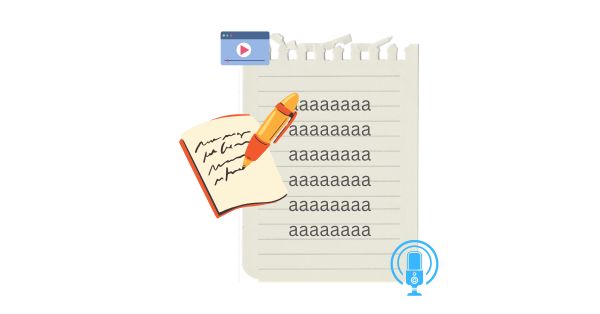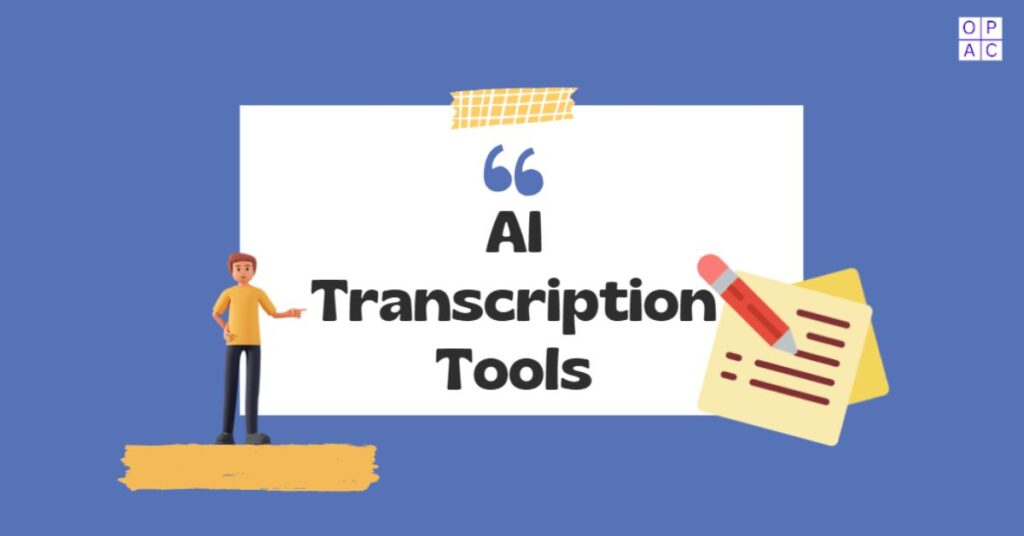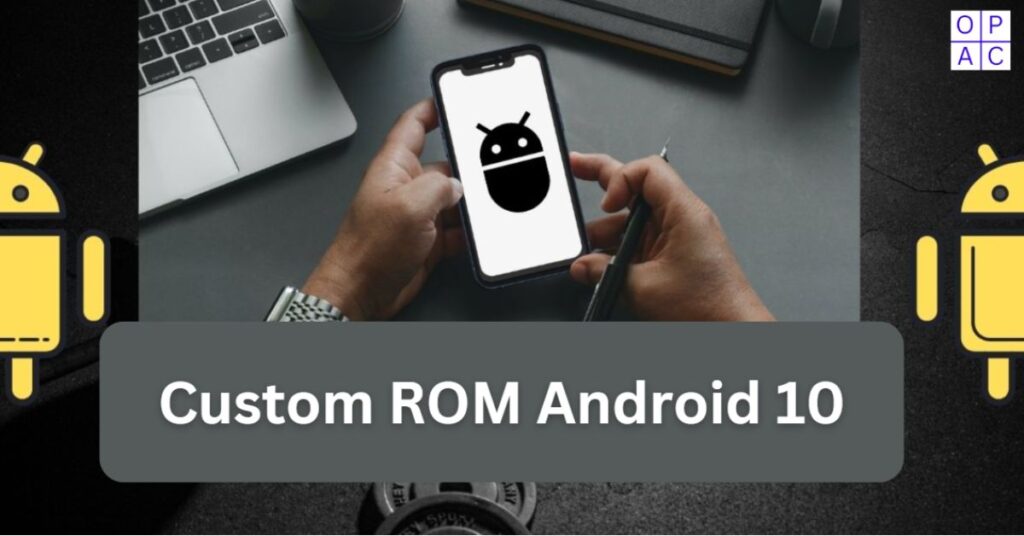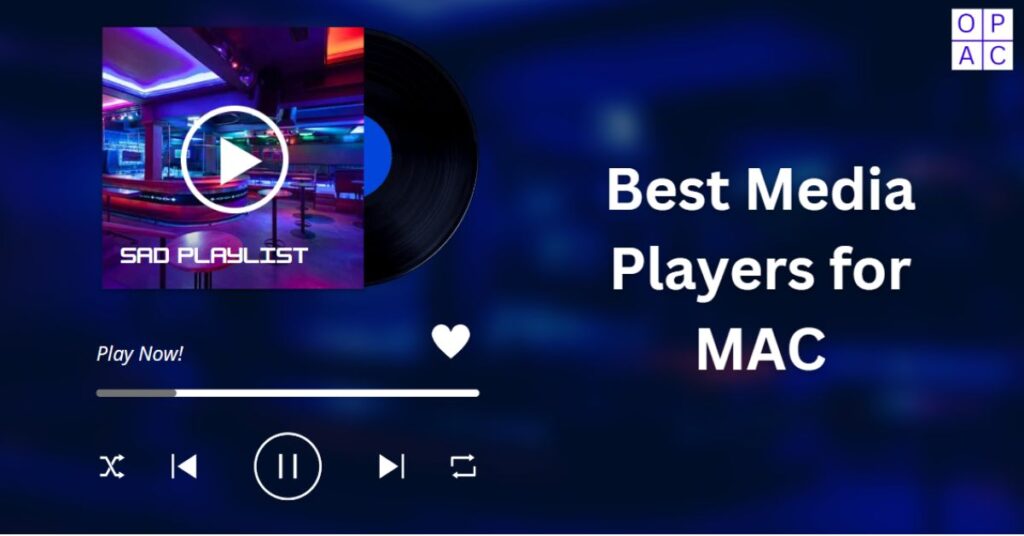The demand for precise and effective transcribing services has increased dramatically in the current fast-paced digital age. Transcribing audio or video content manually can be a time-consuming and error-prone task. However, with advancements in artificial intelligence (AI) technology, AI Transcription Tools have emerged as a game-changer in the transcription industry.
These technologies use machine learning and algorithms for natural language processing to quickly and accurately translate spoken speech into written text. In this blog post, we will explore the various aspects of AI transcription tools, their benefits, limitations, and their impact on different industries.
What are AI Transcription Tools?
AI transcription tools are software applications that use AI algorithms to automatically convert spoken language into written text.
These tools rely on cutting-edge technologies such as automatic speech recognition (ASR), machine learning, and natural language processing (NLP) to analyze audio or video recordings and produce accurate transcripts.
They do away with the necessity for manual transcription, saving both people and businesses time and effort.
How do AI Transcription Tools Work?

AI transcription tools follow a multistep process to convert spoken language into written text:
1. Audio/Video Input
Users submit audio or video records for transcription to the tool. These recordings can be in various formats, such as MP3, WAV, or MP4.
2. Automatic Speech Recognition (ASR)
The tool employs ASR technology to convert the audio input into text. ASR algorithms analyze the acoustic features of the speech and convert them into a textual representation.
3. Language Processing
Once the speech is converted into text, NLP algorithms process the textual data to enhance accuracy. These algorithms handle tasks such as punctuation correction, capitalization, and grammar correction.
4. Post-Processing
After the initial transcription, the tool performs post-processing tasks, such as speaker diarization (identifying different speakers), time-stamping, and formatting.
5. The Output
The final output is a written transcript of the audio or video recording, ready for review and further use.
Top Benefits of AI Transcription Tools
a. Time-Saving
Manual transcription can be a laborious process, but AI transcription tools can significantly reduce the time required. In comparison to how long it would take a human transcriber to transcribe a lengthy audio or video recording, these programs can do it far faster.
b. Cost-Effective
Hiring human transcribers for large-scale transcription projects can be expensive. Because they need little human interaction and can do several transcribing tasks at once, AI transcription systems offer a cost-effective solution.
c. Accuracy
While human transcribers may make errors due to fatigue or misinterpretation, AI transcription tools offer a high level of accuracy. They continuously learn from vast amounts of data and improve their transcription capabilities over time.
d. Accessibility
AI transcription solutions enable the accessibility of spoken content for individuals with hearing difficulties or who prefer written information. They help break down barriers and promote inclusivity by providing accurate transcripts.
e. Customization
Some AI transcription solutions allow customers to fine-tune the output in accordance with their own requirements thanks to customization possibilities. Users can choose different transcription styles, specify speaker identification preferences, and adjust formatting options.
Some Limitations of AI Transcription Tools
1. Accuracy Challenges
While AI transcription tools have improved significantly, they may still encounter difficulties in accurately transcribing certain accents, dialects, or noisy recordings. Uncommon or specialized vocabulary can also pose challenges for these tools.
2. Lack of Contextual Understanding
AI transcription tools primarily rely on statistical patterns and do not possess contextual understanding like humans. They may struggle with ambiguous phrases or colloquial language that can be easily understood by human transcribers.
3. Confidentiality Concerns
When employing AI transcription technologies, some users could be concerned about the privacy and confidentiality of their audio or video recordings. It is essential to choose reputable tools that prioritize data security and offer encryption options.
Industries Benefiting from AI Transcription Tools
a. Media and Entertainment
AI transcription tools are widely used in the media and entertainment industry for transcribing interviews, podcasts, video content, and subtitling. They streamline content creation processes and make it easier to repurpose and search through large volumes of media.
b. Market Research
Transcription plays a crucial role in market research studies. AI transcription tools enable researchers to quickly and accurately transcribe focus group discussions, interviews, and survey responses. The generated transcripts can be analyzed efficiently to extract valuable insights.
c. Legal and Law Enforcement
Legal professionals and law enforcement agencies often deal with vast amounts of recorded audio evidence. AI transcription tools simplify the transcription process, making it easier to review, search, and analyze important legal and investigative materials.
d. Academic and Research
Researchers and academics rely on transcription to document interviews, lectures, and research findings. AI transcription tools offer a time-saving solution, enabling researchers to focus on analysis and interpretation rather than spending excessive time on transcribing.
Best Practices for Using AI Transcription Tools
1. Choose the Right Tool
Evaluate different AI transcription tools based on their features, accuracy, customer reviews, and industry reputation. Consider whether the tool supports your required file formats, customization options, and language support.
2. Review and Edit
While AI transcription tools produce accurate transcripts, it is still essential to review and edit the output for any errors or inaccuracies. Pay attention to speaker identification, punctuation, and formatting to ensure the final transcript meets your specific needs.
3. Use Clean Audio
To enhance accuracy, provide the tool with high-quality audio recordings free from background noise or distortion. Clear audio input improves the ASR algorithms’ ability to accurately transcribe the spoken content.
4. Continual Improvement
AI transcription tools benefit from user feedback. If you encounter inaccuracies or encounter challenges, provide feedback to the tool’s developers. Through user interactions, these tools continuously learn and can eventually perform better.
Final Thoughts
The transcribing process has been transformed by AI transcription tools, which have made it quicker, more accurate, and more affordable. These tools leverage the power of AI algorithms, enabling users to convert audio or video recordings into written transcripts effortlessly. While they have their limitations, AI transcription tools continue to evolve, improving accuracy and catering to various industry needs.
As technology advances, we can expect further enhancements in AI transcription tools, making them indispensable tools for individuals and organizations seeking efficient and accurate transcription services.
Frequently Asked Questions
1. What is an audio or video file?
An audio or video file is a digital file that contains audio or visual information, respectively. Audio files typically store sound recordings, such as music, podcasts, or voice recordings, while video files store moving images, such as movies, TV shows, or personal videos.
2. What is transcription software?
Software used for transcription is a device or program that transforms spoken text from audio or video sources. It uses various algorithms and technologies to recognize and transcribe the speech accurately.
3. How does transcribing audio work?
Transcription is the process of turning spoken material from an audio recording into written text. It can be done manually by listening to the audio and typing out the words or by using transcription software that automatically transcribes the speech.
4. What are AI transcription services?
Artificial intelligence (AI) technologies are used by AI transcription services to convert audio and video information into text. These services analyze and translate speech properly and quickly using cutting-edge algorithms and machine learning models.
5. How do AI transcription and human transcription differ from one another?
AI transcription involves the use of automated algorithms and artificial intelligence technologies to transcribe audio or video files. Human transcription, on the other hand, involves human transcribers who listen to the audio and manually transcribe the speech into text. Human transcription is generally considered more accurate but can be time-consuming and expensive compared to AI transcription.
6. How can I find the best AI transcription service?
When looking for the best AI transcription service, consider factors such as accuracy, affordability, turnaround time, customer reviews, and ease of use. It’s also important to choose a service that supports the audio file formats you need and offers additional features like speaker identification or timestamping.
7. Can AI transcription services handle both video and audio files?
Yes, AI transcription services are designed to handle both video and audio files.
8. What are common audio file formats?
Common audio file formats include MP3, WAV, AAC, FLAC, and OGG. These formats are widely supported by various devices and software applications and are commonly used for storing and playing audio recordings.
9. Can AI transcription services work with different audio file formats?
Yes, a variety of audio file types can typically be used with AI transcription services. However, it’s always recommended to check the service’s specifications or documentation to ensure that your preferred audio file format is supported.
10. Can AI transcription services transcribe video and audio files?
Yes, AI transcription services can transcribe both video and audio files. The technology is designed to process spoken language from any source and convert it into written text, regardless of whether it originates from video or audio recordings.
Share







